December 13, 2020
Martha O'Kennon
For several days it has been COLD. Today at 2:00 pm, the sky was dark except for in the south, where it was bright white, while leaving everything in front of it almost dark. Picture 2 shows a shot through a tree's bare limbs of the crescent moon kipping on its back. I saw it from the upstairs bathroom window and finally managed to get a tiny picture with my macro lens and the setting on A and a high-ish aperture setting. But it warmed up a bit and a few creatures found their way to the Wall of Fame. There weren't so many as in the Summer or Spring or even the Fall, but some of them seem even more spectacular than usual. The Euonymus is still covered with its bright red bird chow,.
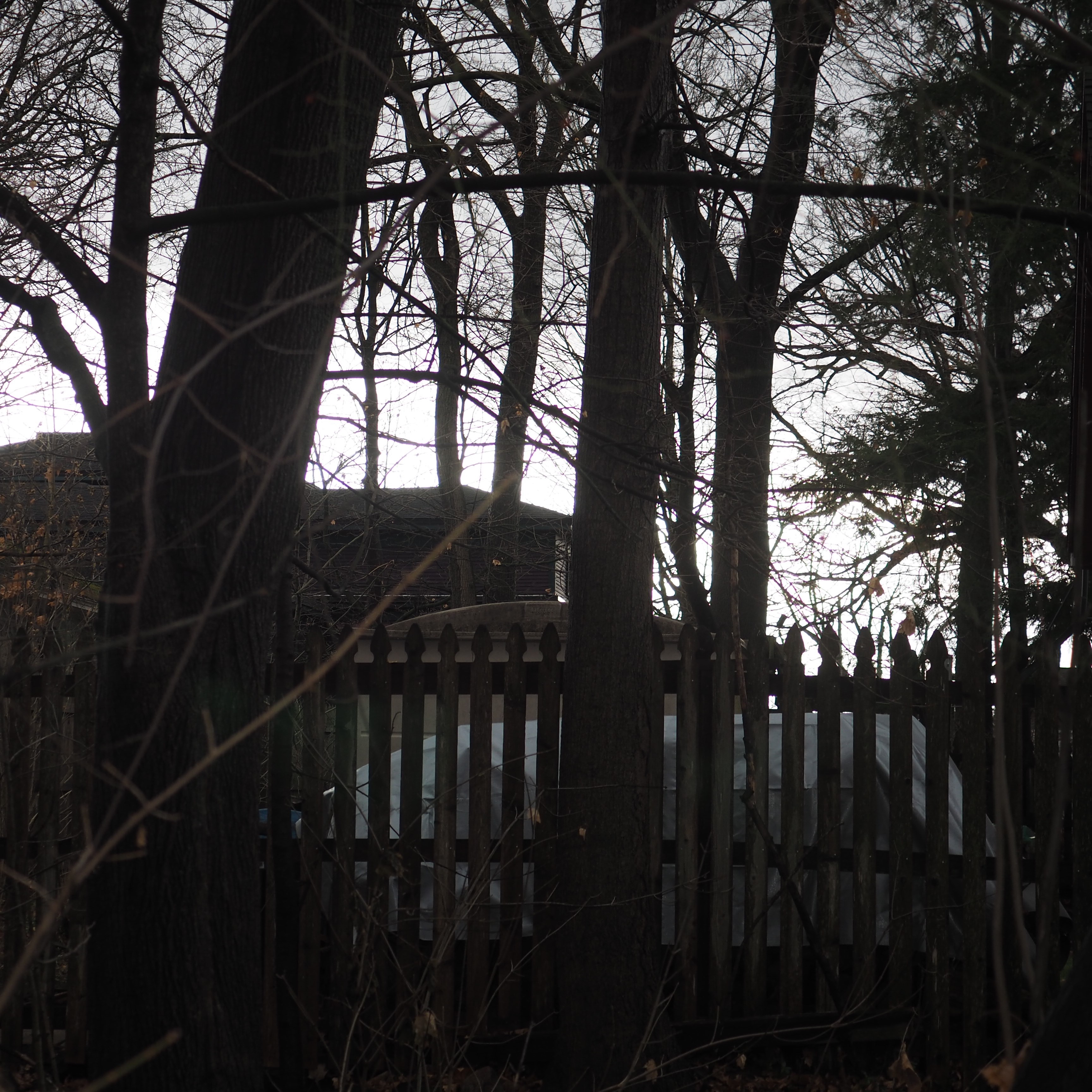
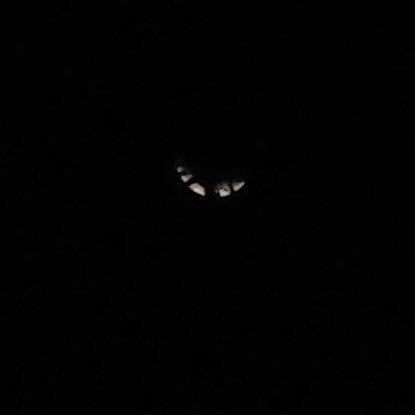
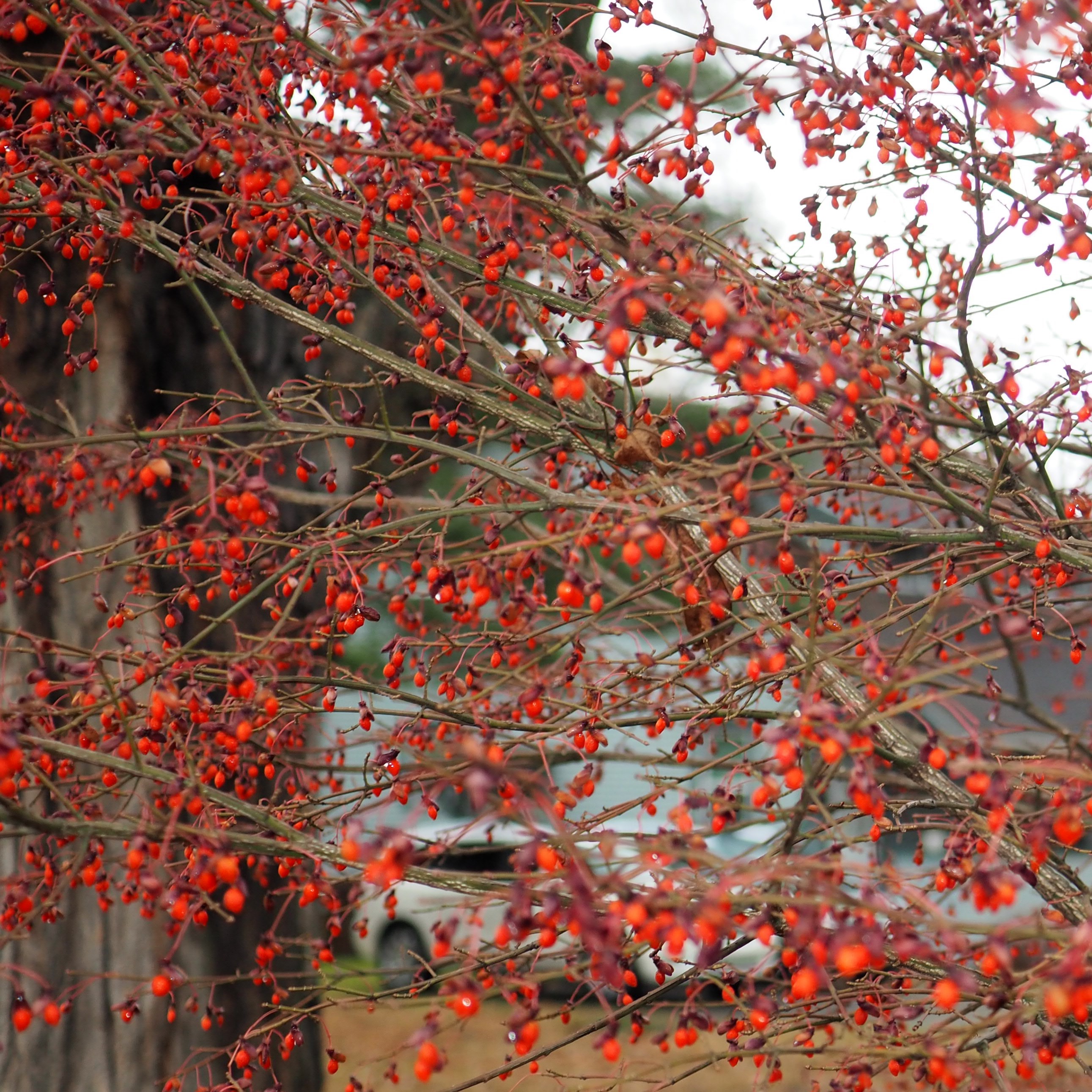
Remember that there is information in the name of the file for each image. You can see it by mousing over the image - look at the lower left of the screen. Or you can click on the image to get to the (usually) larger image. Then the info is displayed in the address line above. Sometimes the second click will actually display a different view of the original image.
This week I've only seen a small number of Small Honey Ants, and so far no other kinds. It's funny how the perspective under which I photograph the ant influences its aspect in another sense. For instance, look at how strangely sinister picture 3 seems.
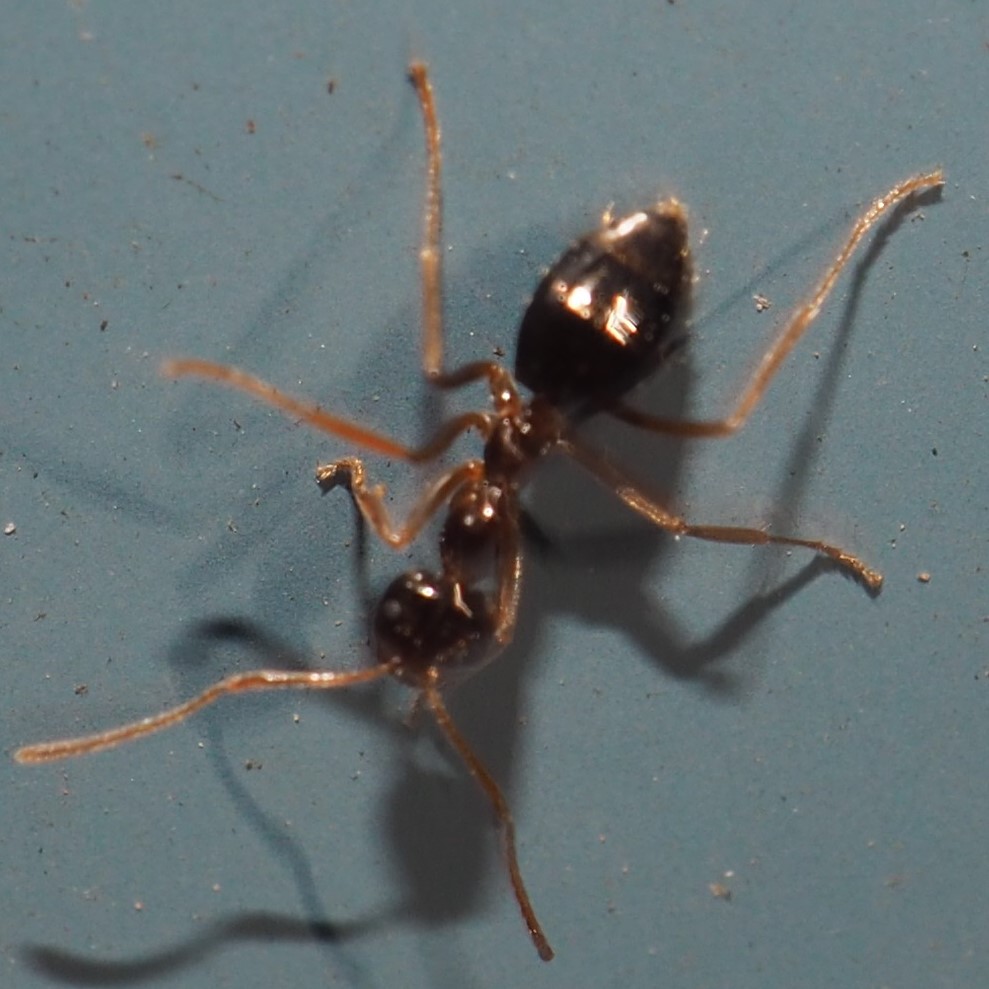
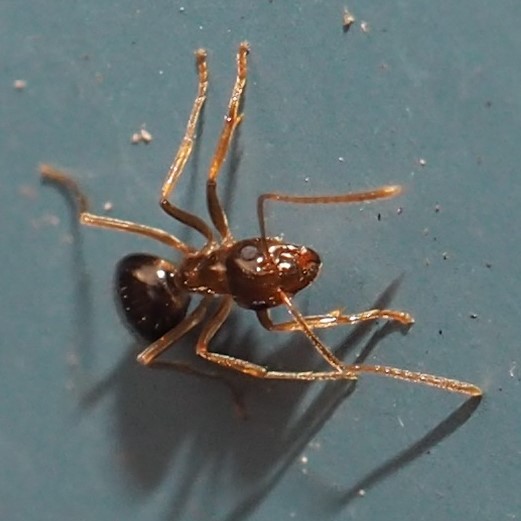
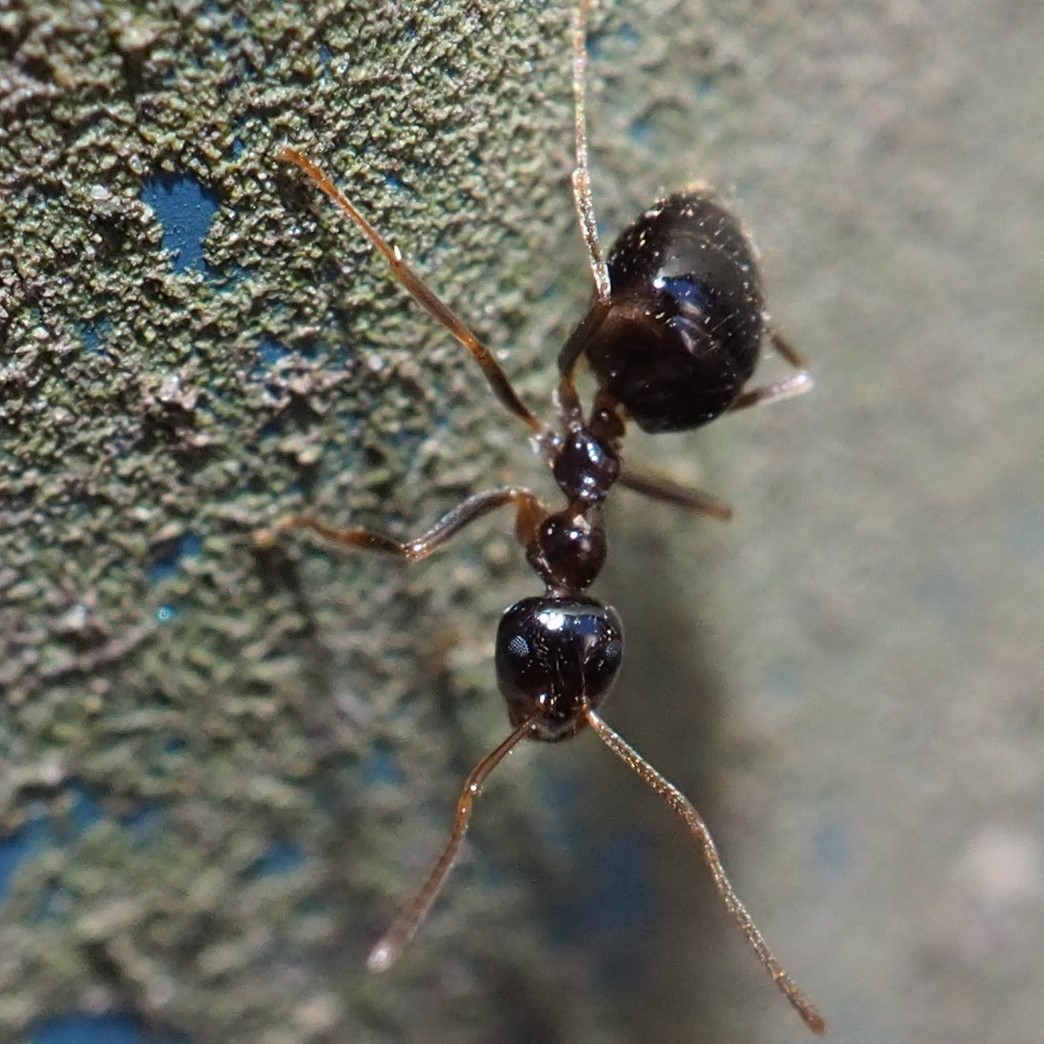
Last week an Eastern Black Carpenter Ant joined us, but as I walked around the Shop yesterday, hoping to see another kind of Ant, I saw not a one of them or ANY other Ant, until suddenly my eyes caught sight of a tiny, lovely, deep orange Ant. But when the picture fused, I saw that it didn't have the same kind of antennae as most if not all of the Ants I've ever seen. This one had NO kinks in its feelers, whereas Ants usually have one. Look above at the pictures of the Small Honey Ants. One kink. One kink. One kink. This was not an Ant at all, but rather an Ichneumonid WASP. I believe it is in the genus Gelis. We've seen this Wasp genus a few times before. Picture 1 shows the little Gelis tenellus, known by its white eyes. Picture 2 shows another member of the genus. Note that it has an ovipositor. But I think OUR little friend, shown in picture 3, is a different genus. I read in BG that the females don't have wings. But maybe this one has dropped her wings. Who knows? I find her stunningly beautiful and will wait till one of our faithful Wasp experts in iNat makes an ID and maybe tells us more. By the way, note that #1 appeared in August 2019, and #2 in December 2018.
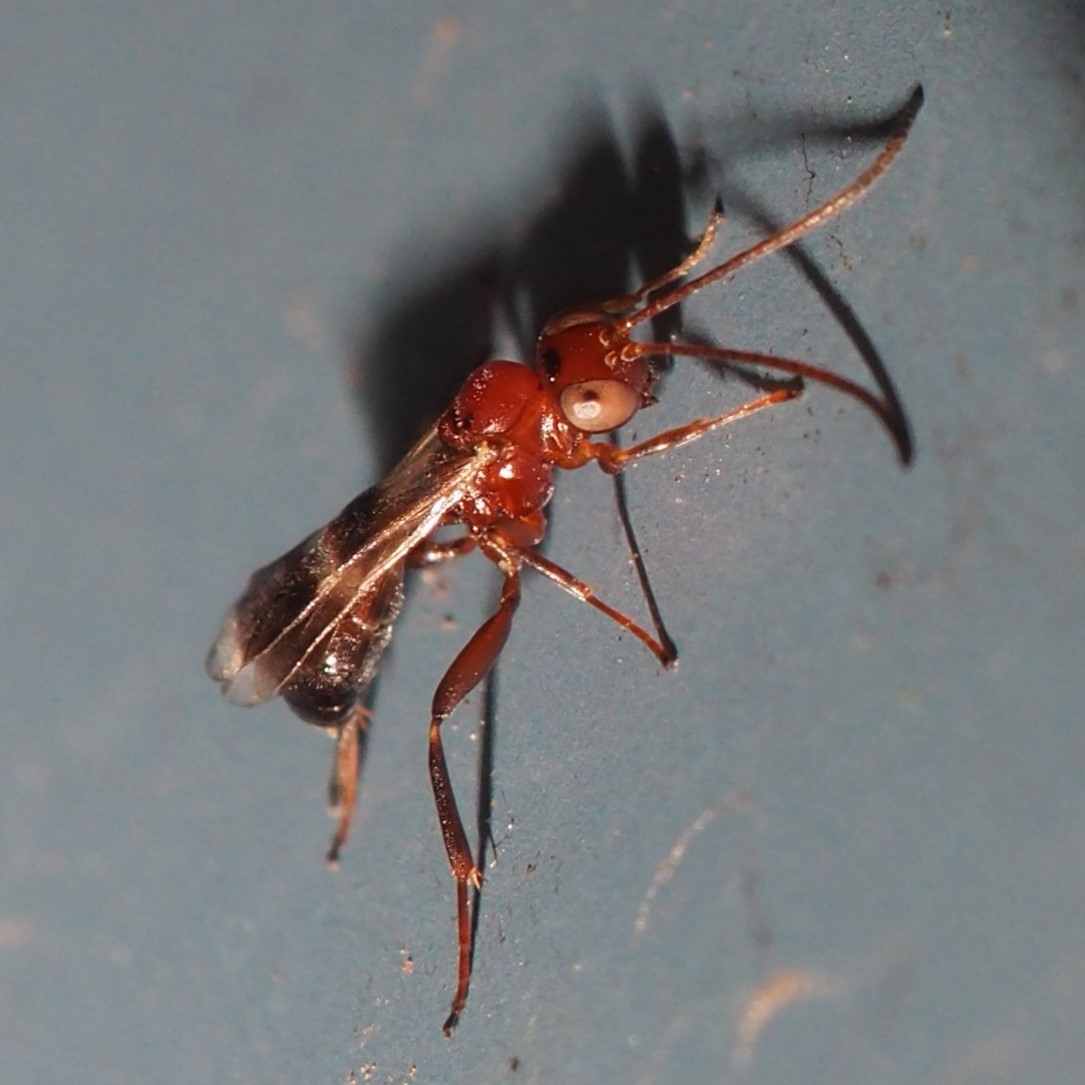

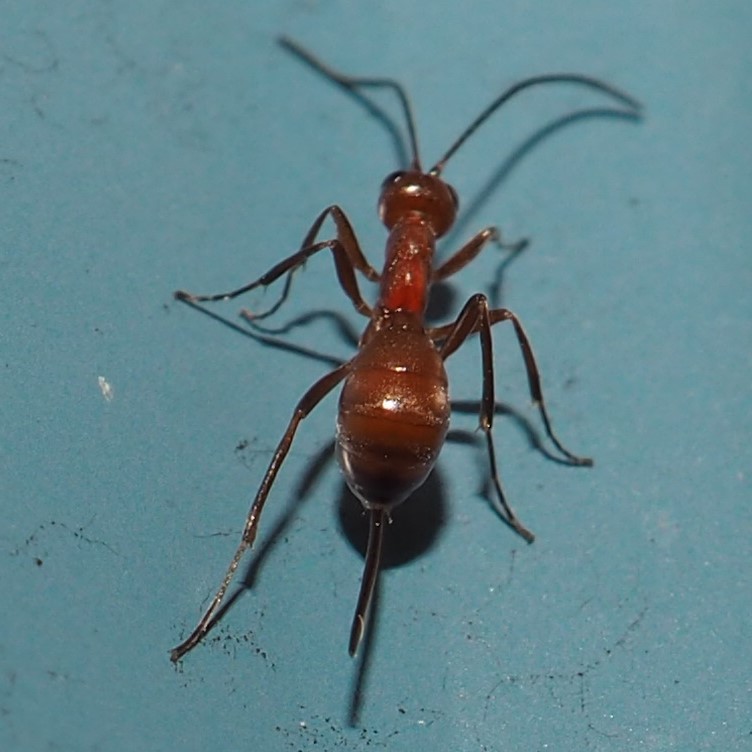
While we're discussing Creatures that look like Ants but aren't, here is another example of a Wasp that looks like a big fat Ant. But it is actually a Gall Wasp, one of those little creatures that lays its egg into a plant. The larvae irritate the plant and cause changes in the appearance of the plant's tissues. We don't get to see the actual Wasp nearly so often as the finished product. (We are more likely to see the Wasp in the winter, like right now!) Meanwhile, picture 1 here shows one Gall Wasp that visited the Wall on December 10, 2020. Picture 2 shows one example of a fluffy gall produced on an oak tree by the Oak Rosette Gall Wasp on August, 2019. Picture 3 is of a seemingly different kind of Gall Wasp that appeared on the Wall the same time as the wasp in picture 1. For many examples, go to google.com and type in "tree galls caused by wasps".
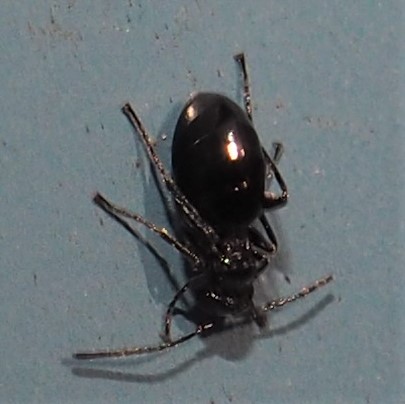
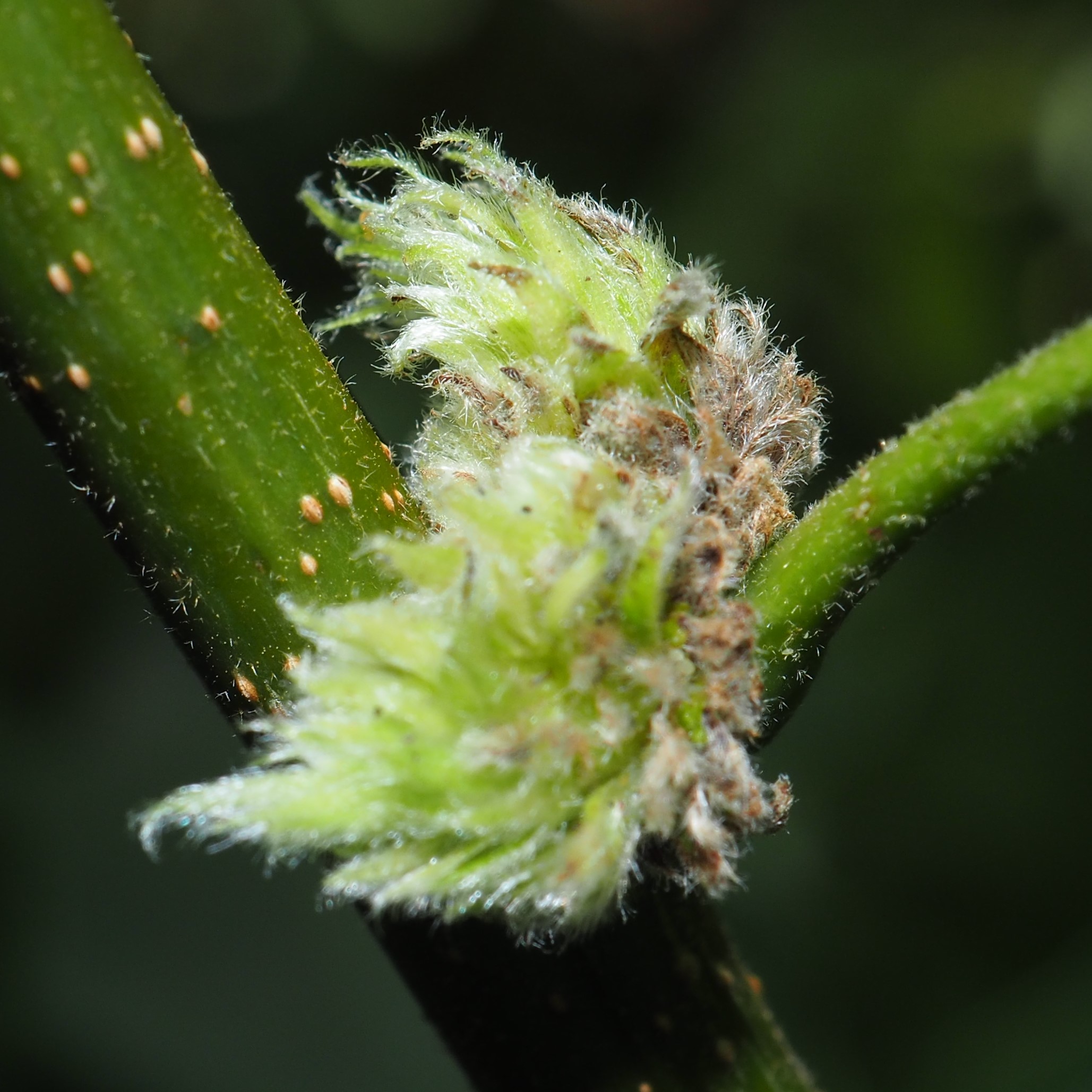

Since we've now seen two kinds of Wasps that look like Ants (are they traditional Ant Mimics? Why not?), I suppose I should turn the world upside down and bring you two other Wasps seen this week. All right. Here are two Wasps that graced the Wall this week. First and second show another kind of Braconid Wasp, and picture 3 shows one from subfamily Aphidiinae of the Braconid Wasps, a group that competes with the Ichneumonid Wasps. I DON'T know the tie-in with the Aphids in this family!
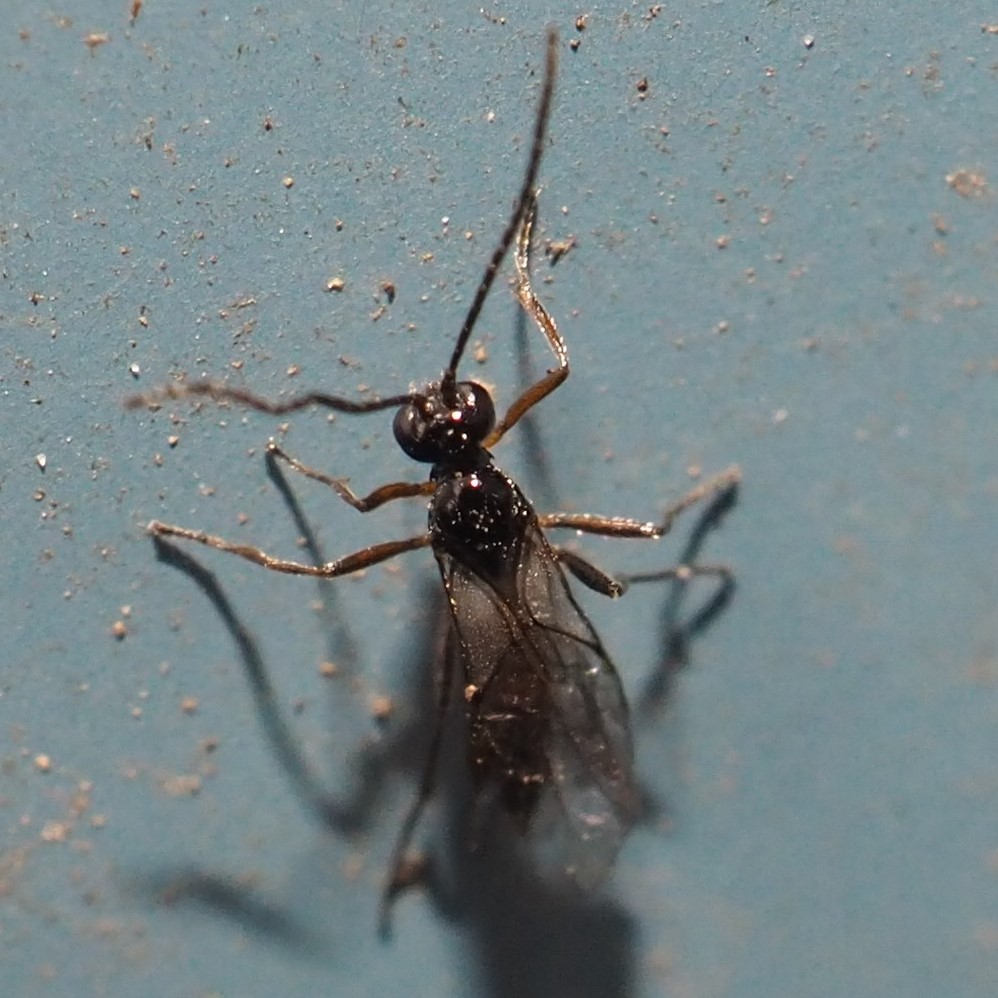
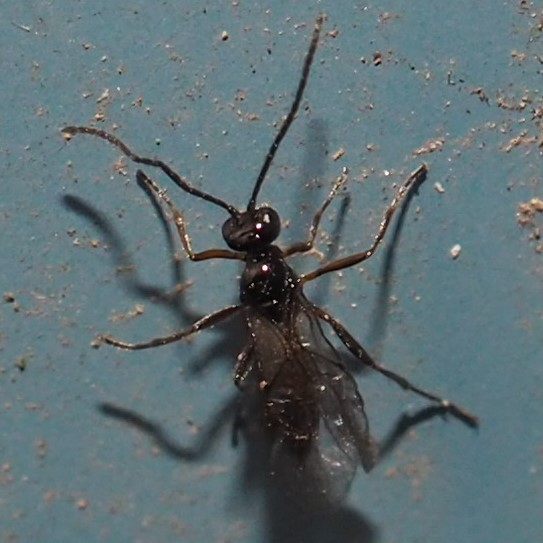

The Graphopsocus cruciatus Barklice are still the only thing to be found on the Wall of Fame. I saw maybe a half-dozen of them. I wonder if their eggs (not born yet) will overwinter like the ones of Ectopsocus meridionalis that still looked so healthy the last time we peeked at them.
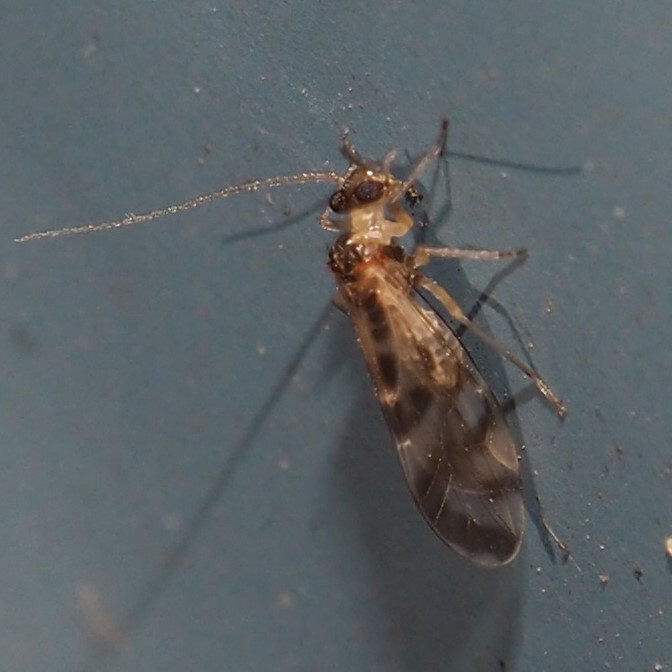
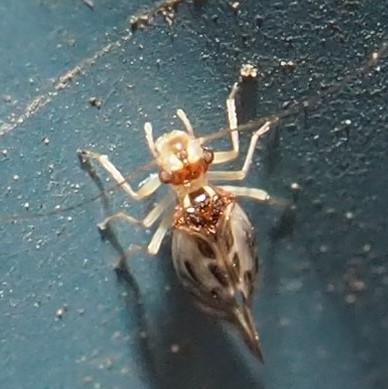
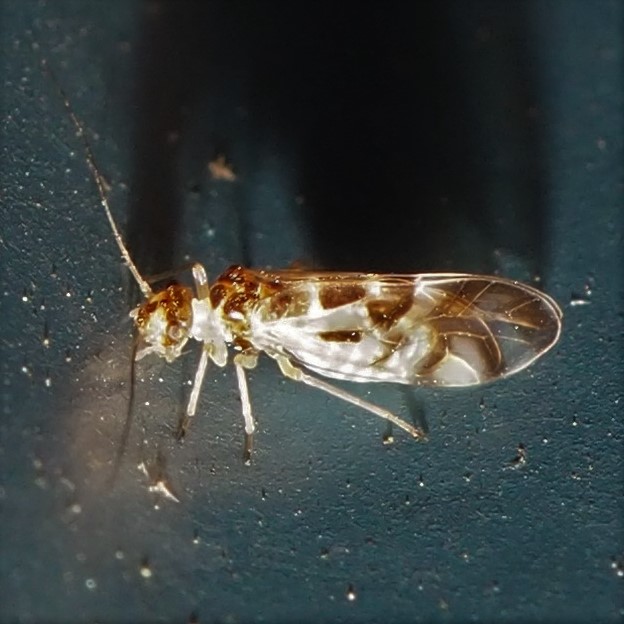
We leap to the only Beetle in sight, one of those tiny (about a millimeter long) red ones (pictures 1 and 2). And thence to the Bugs. First off, cheers to our faithful friend, Drymus unus (picture 3), who will probably be around for the winter festivities.
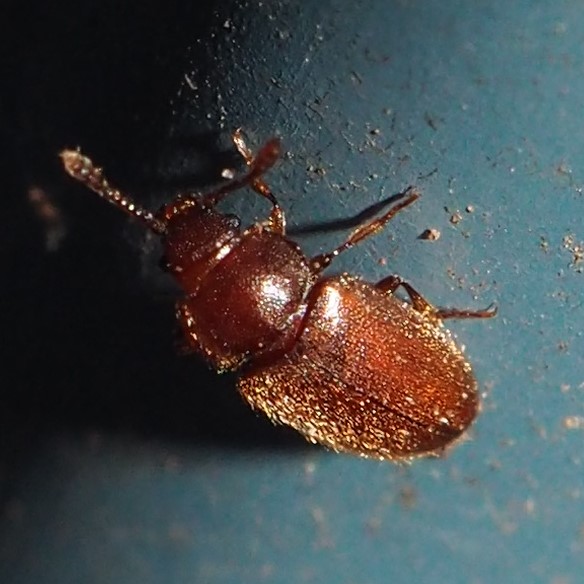
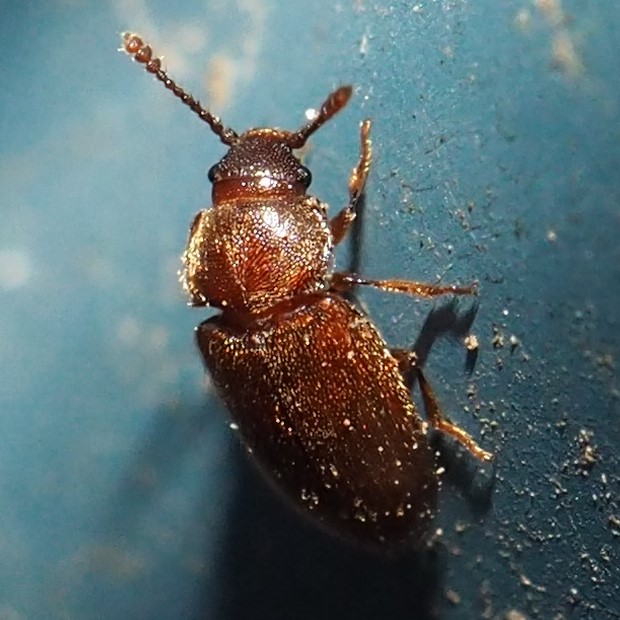
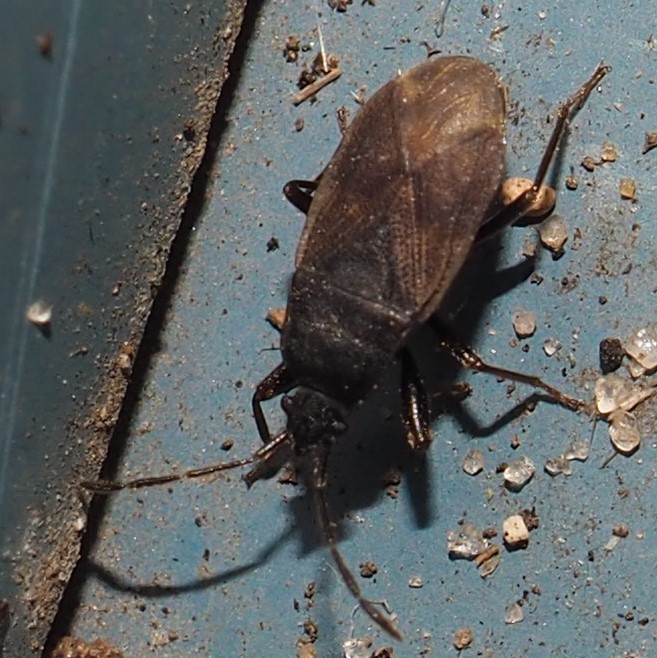
And then we come to the Leafhoppers. Can you imagine that we still have them at the very end of Fall, only 10 days before the Winter Solstice? Here is one of the Subgenus Empoasca leafhoppers (2 pictures.) The first two segments of this hopper look so much like those of Empoasca convergens, but Kyle Kittelberger of iNat says, Nah, it's another of those hard to ID hoppers. Third is one of the members of the genus Dikraneura.
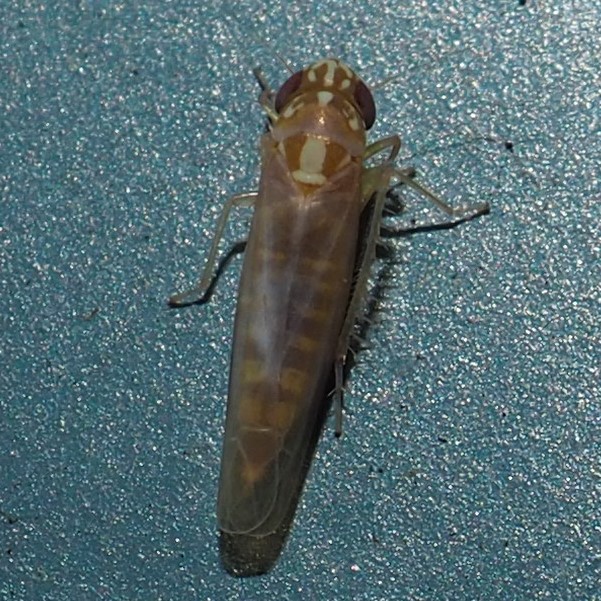
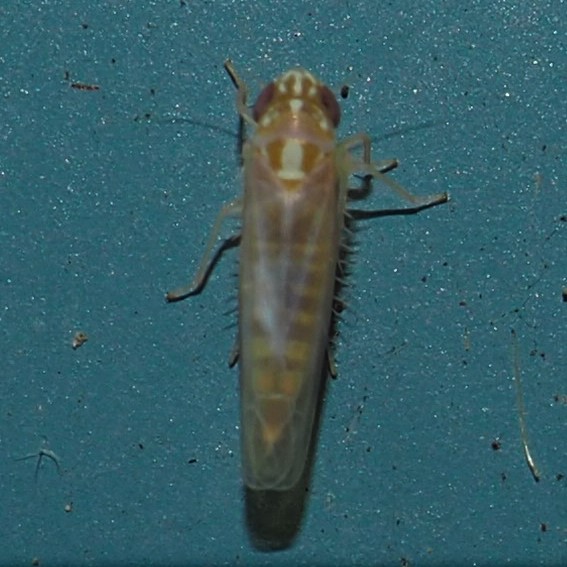
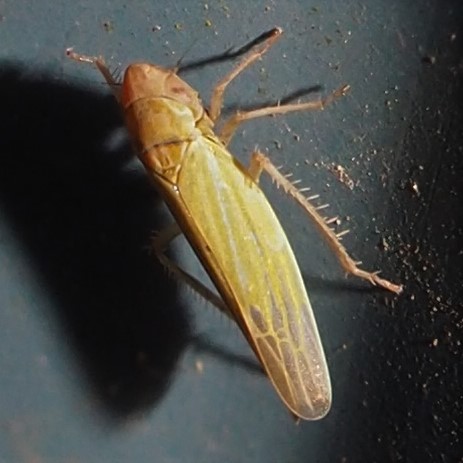
Then today I found two of what looks like genus Balclutha (another of those hard to identify leafhopper genera, first two pictures). Third was hiding inside a recess between the Wall panels.
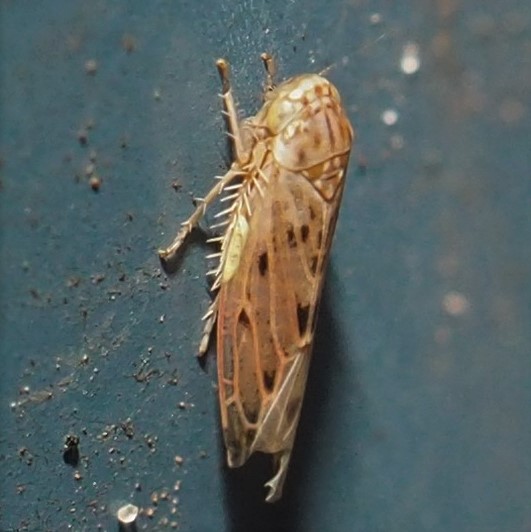
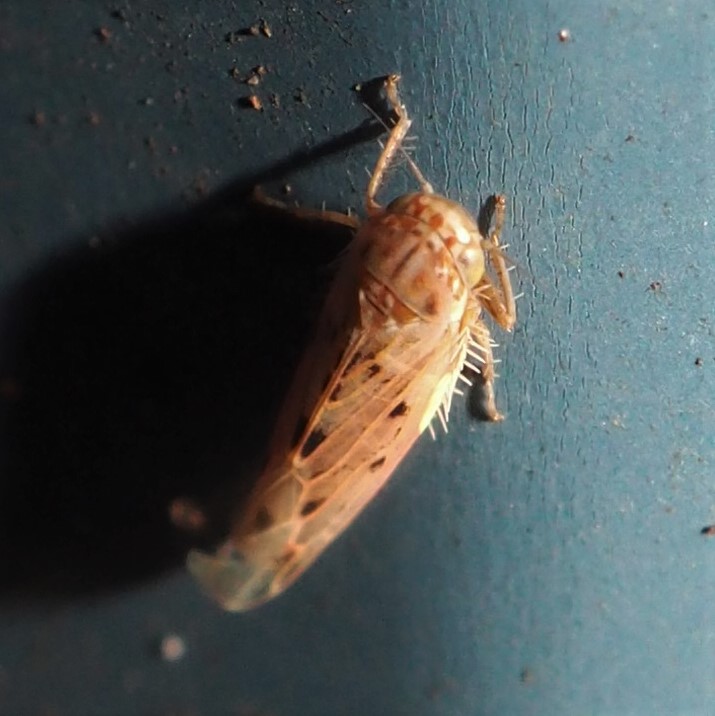
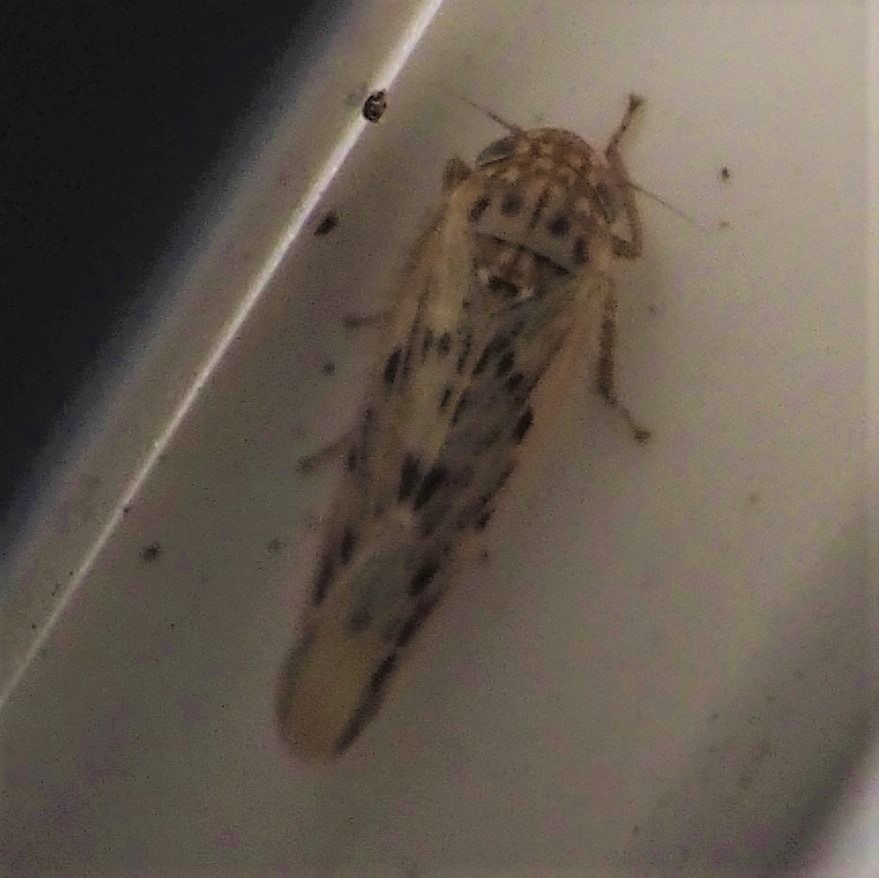
Now, a Psyllid isn't a leafhopper. It isn't an Aphid. But it belongs with them in the Plant-parasitic critters. We had the one you see in picture 1 a couple of days ago. The last spotting was on March 7, 2020 (picture 2). But we also had one on March 26 of 2019, and on October 24, 2019. In other words, from Fall to Spring. Note: the morpheme "pachy" means "thick", and indeed the Pachypsylla genus has a thick body compared to other Psyllids. Oh - such luck. Last week Kimberlie Sasan of iNat identified our little guy as a Hackberry Blister Gall Psyllid (Pachypsylla celtidisvesicula). This is great - I've been seeing it for so long and now we are on a first name basis!
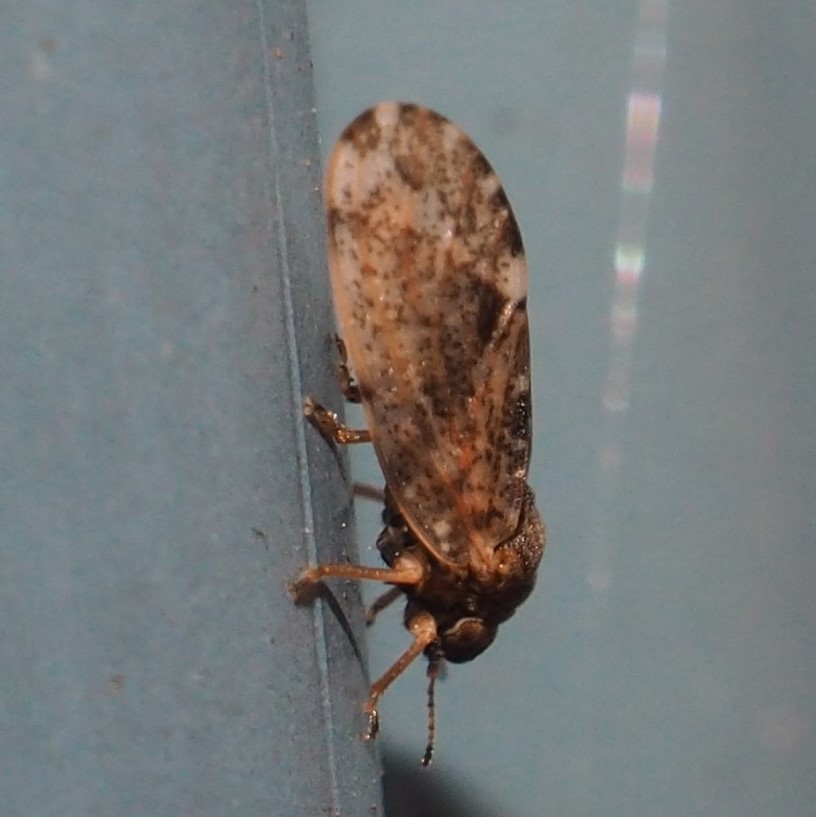
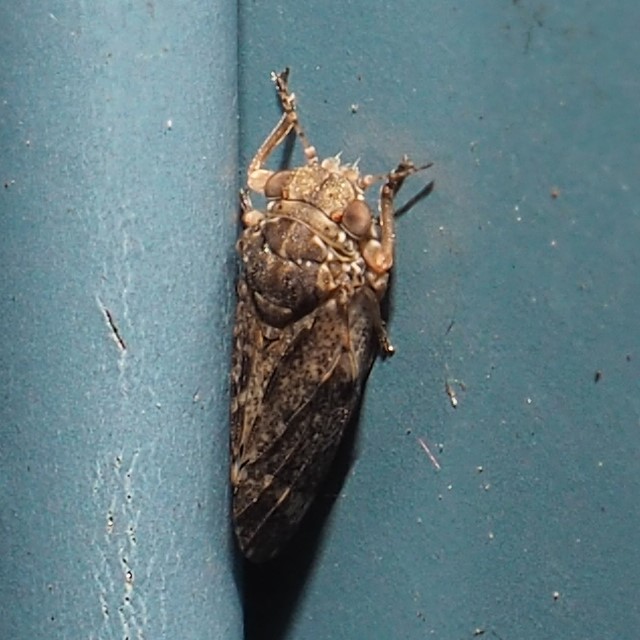
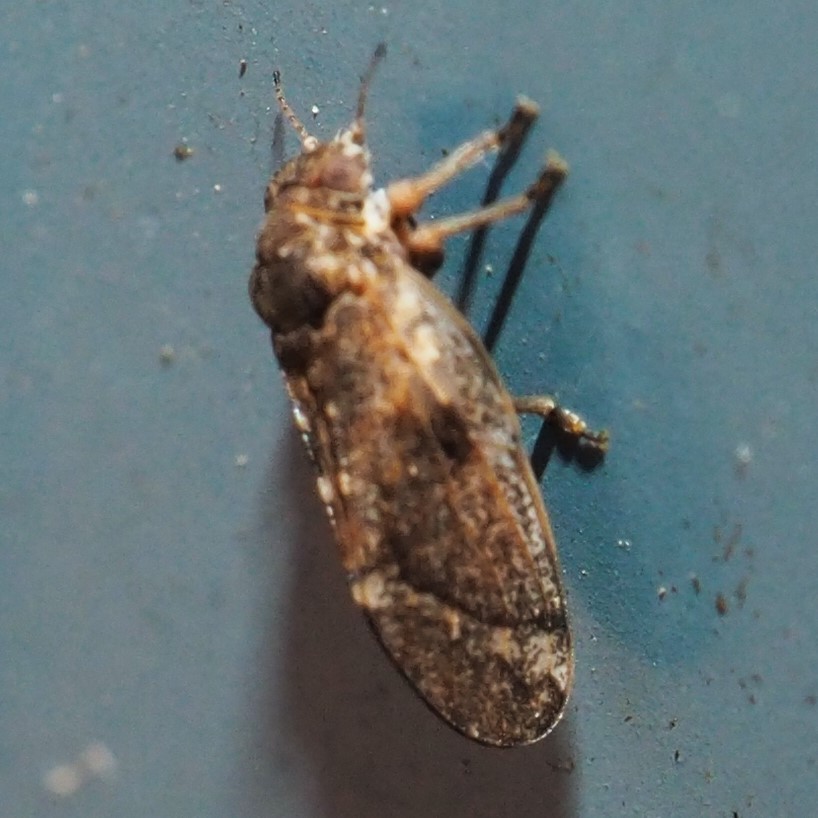
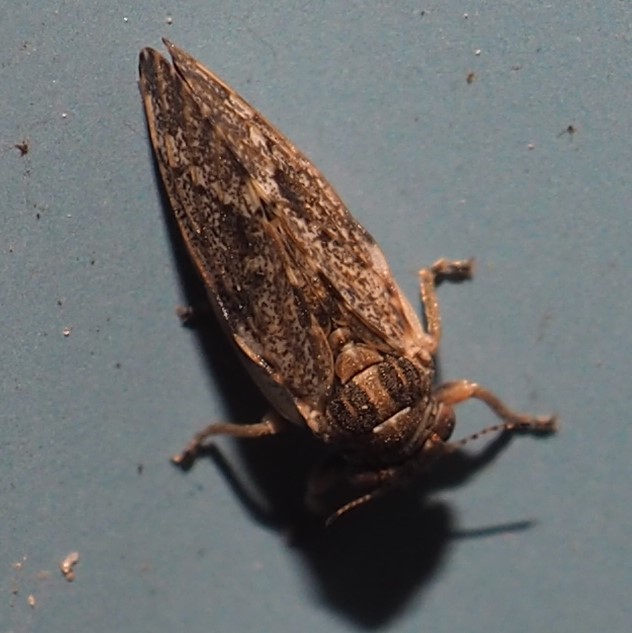
But I hear you cry, Where are the gorgeous Spiders? I'm sorry (in lovable furry old Grover's voice). There was but one and that one succeeded in jumping away from me out of sight after one fuzzy shot. Remember last time when I said that the Thin-legged Wolf Spider was jumping about? That's why I base this ID on its jumping ability and its flexible-looking legs. Don't worry, maybe we will see the Green Long-jawed one again soon. It's their season! Meanwhile, let me start on the Color contest. First off, another picture of that Small Honey Ant that appeared after I had started that part of the blog. I especially love its bright red mandibles. Third is what I thought were interesting seed pods, but may actually be some sort of eggs on stalks.
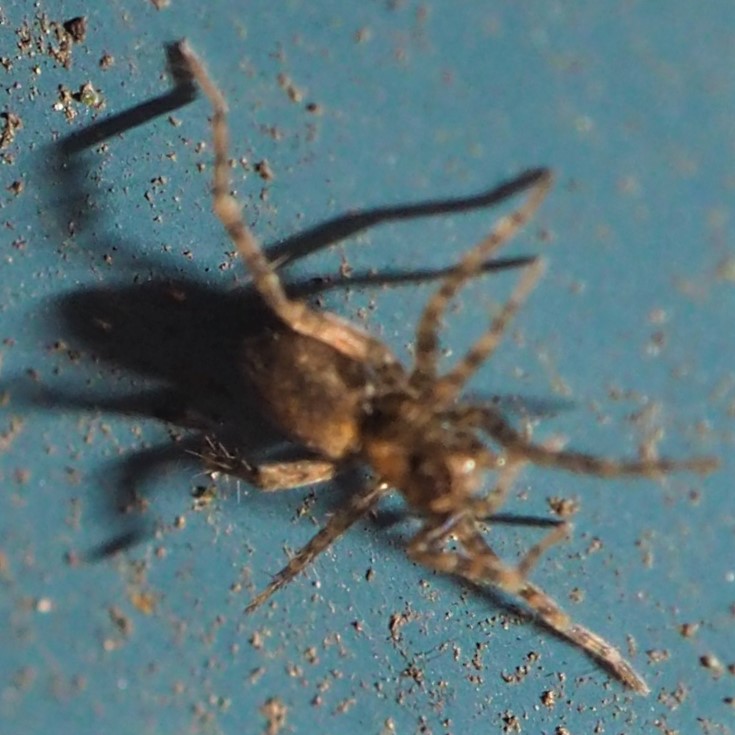
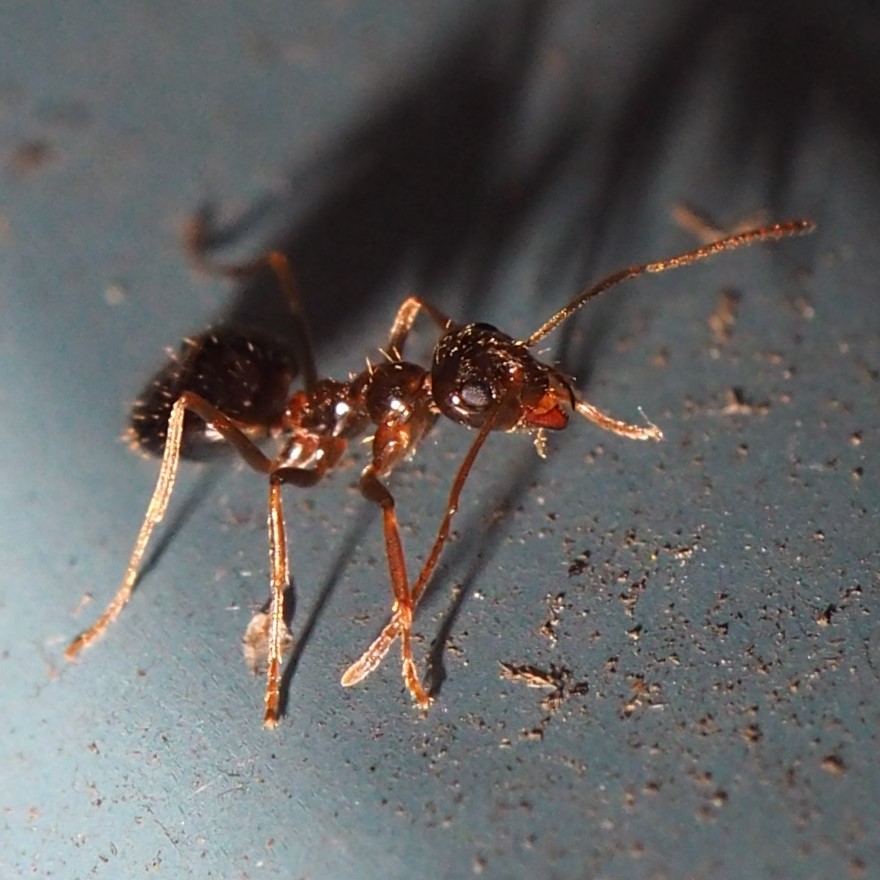
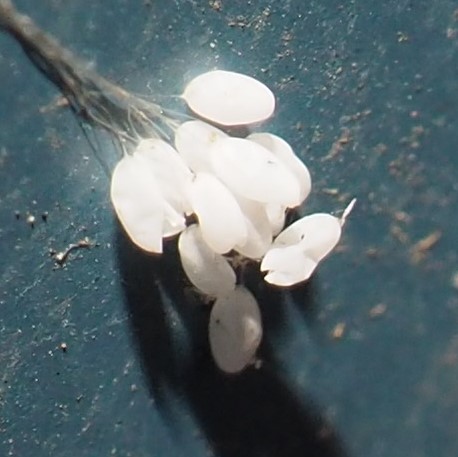
There is still a bit of color out there. The Ferns (I think this one is a Christmas Fern, or maybe an Autumn one.) are still green. So is the Hellebore, which still looks spectacular next to the reddish Epimedium. There are still some pink Snowberries too.
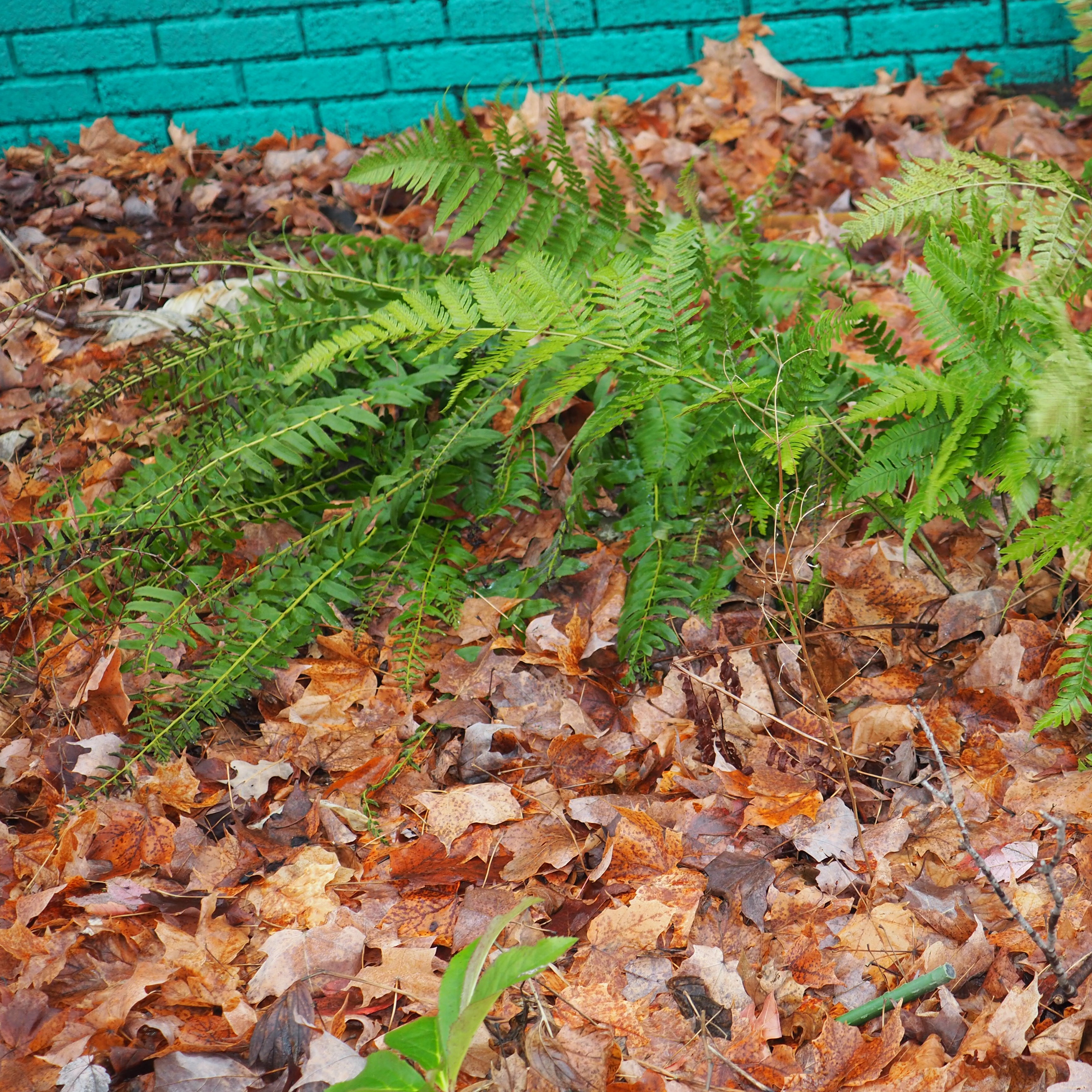
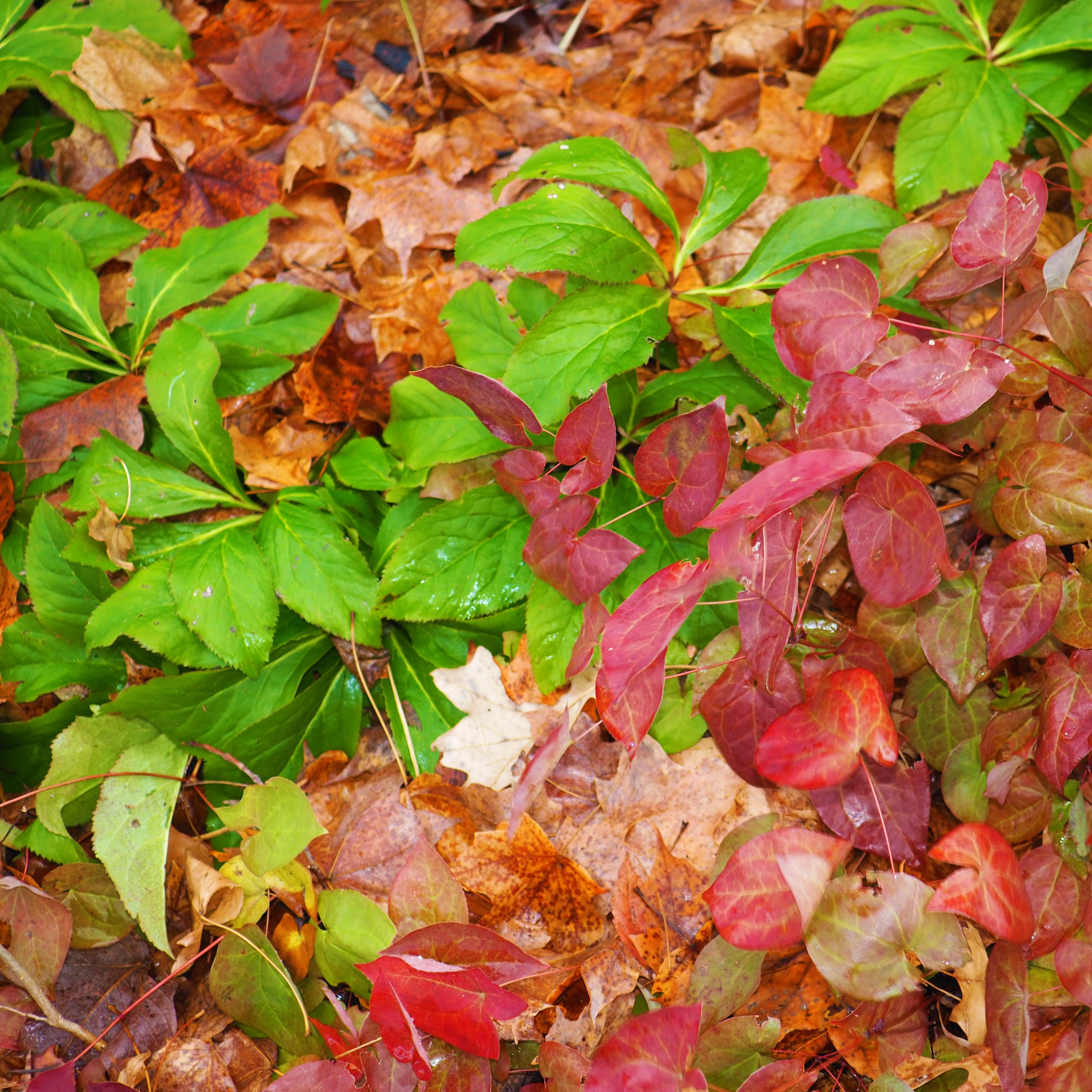
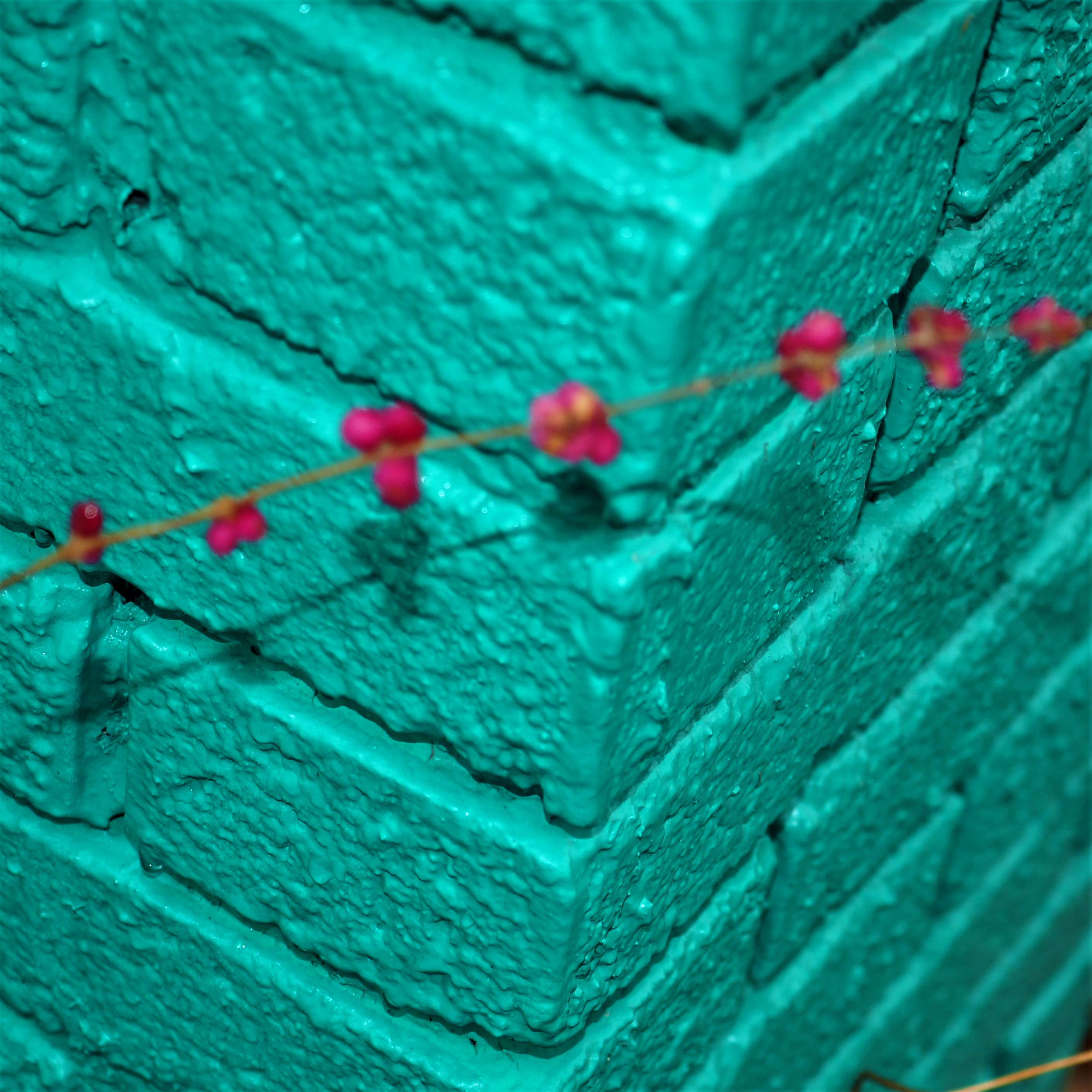
Jadesy is still green, even though she is trapped indoors now. And here's another succulent houseplant - maybe some of you know what it is. One more picture: I know it isn't particularly colorful, but it does reflect the season. Here is the lone deck chair sitting by the pond, waiting for something. And leaning into the pond is Spooky, having her drink while the water is still wet.
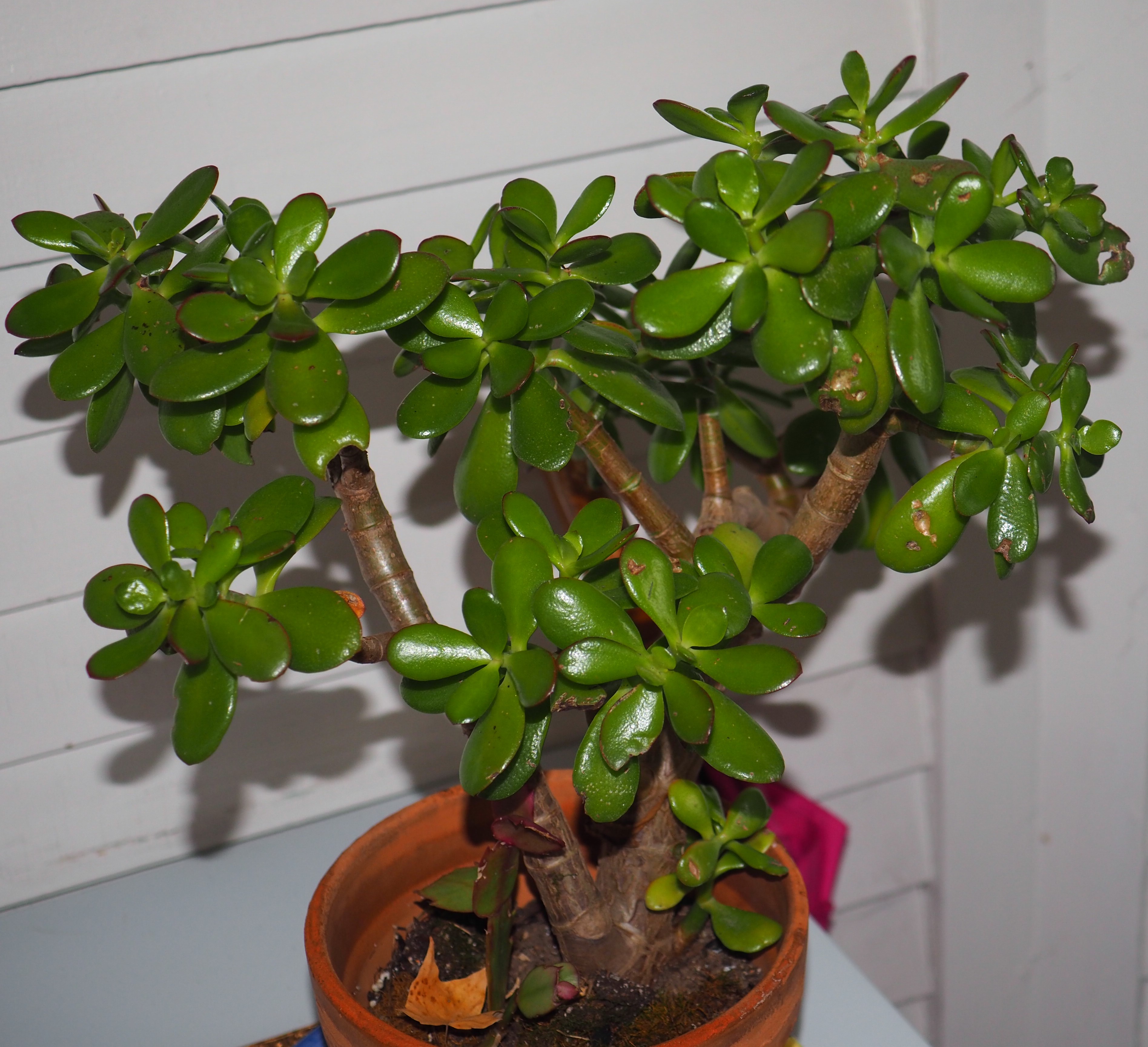
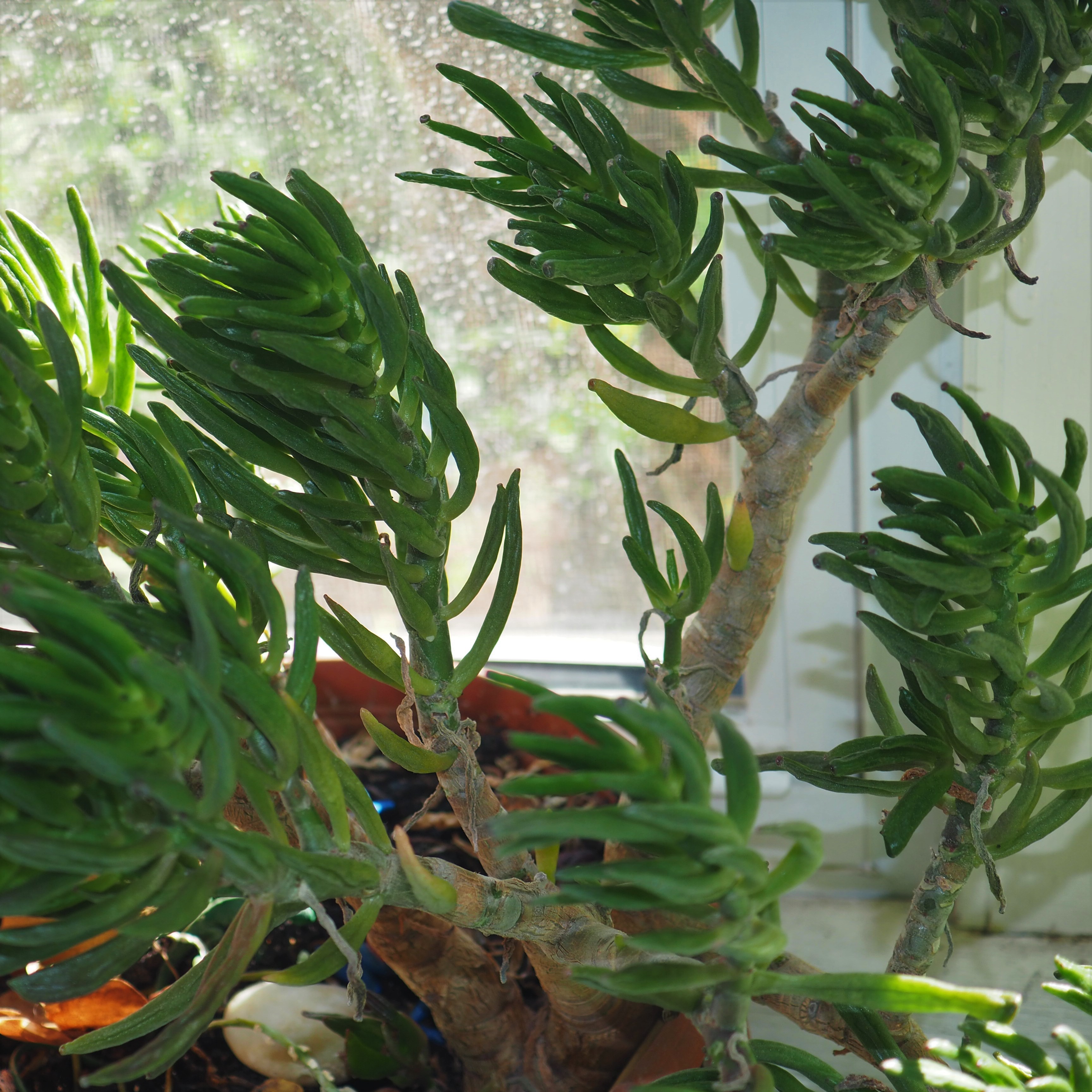
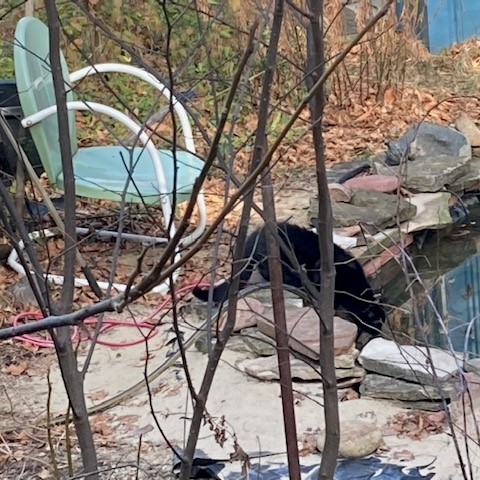
I was going to end with that lot of pictures but since Spooky was outside, I decided to try for a few pictures into the pond. It isn't easy on a grey day to get good shots at the deep end, but with a few adjustments of light, contrast, color and clarity I can at least see quite a lot of fish down there. If you look hard, near the middle of picture 2 you can make out the colorful baby fish, and a bit below center of picture 3 you might make out Spotty, another of the babies from the summer.
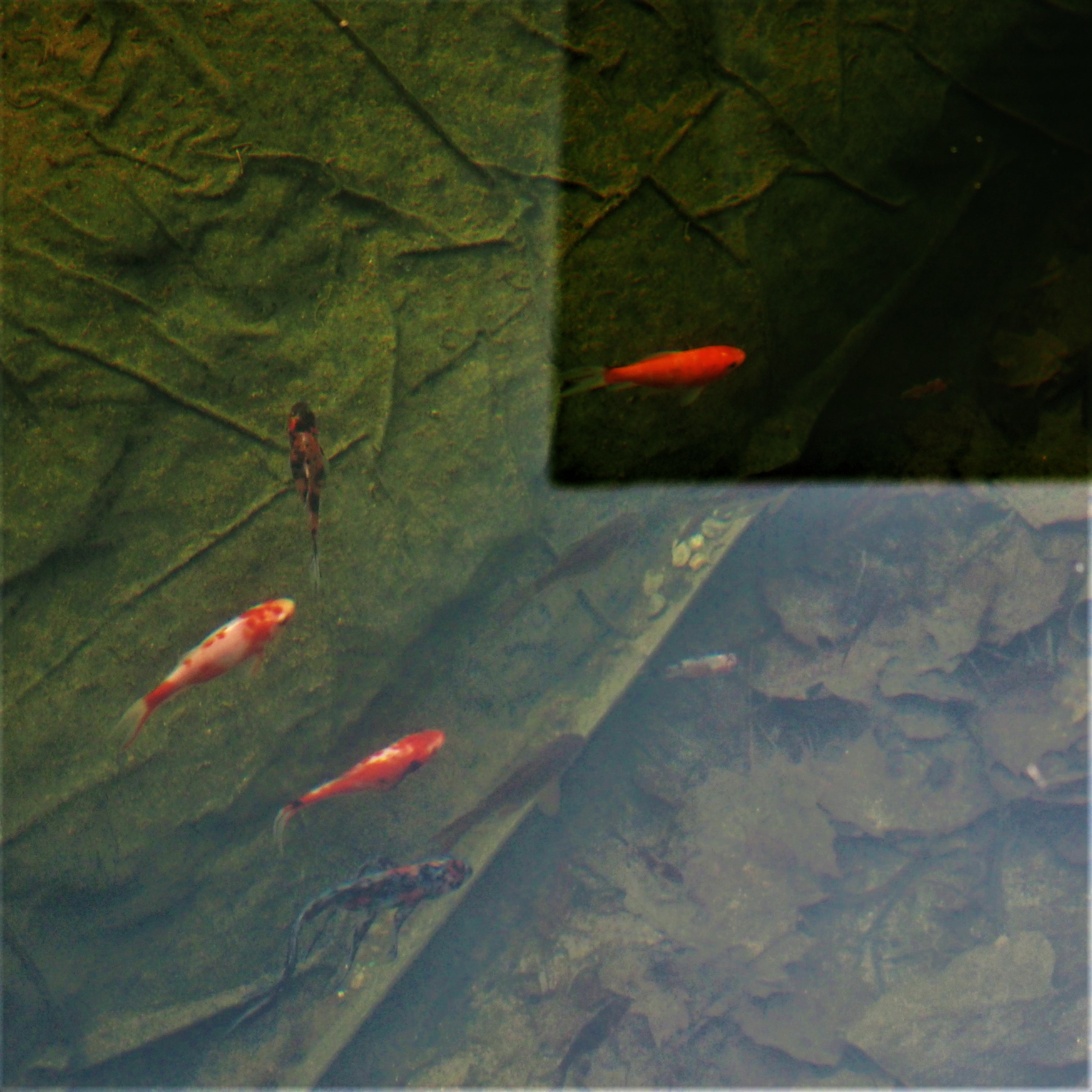
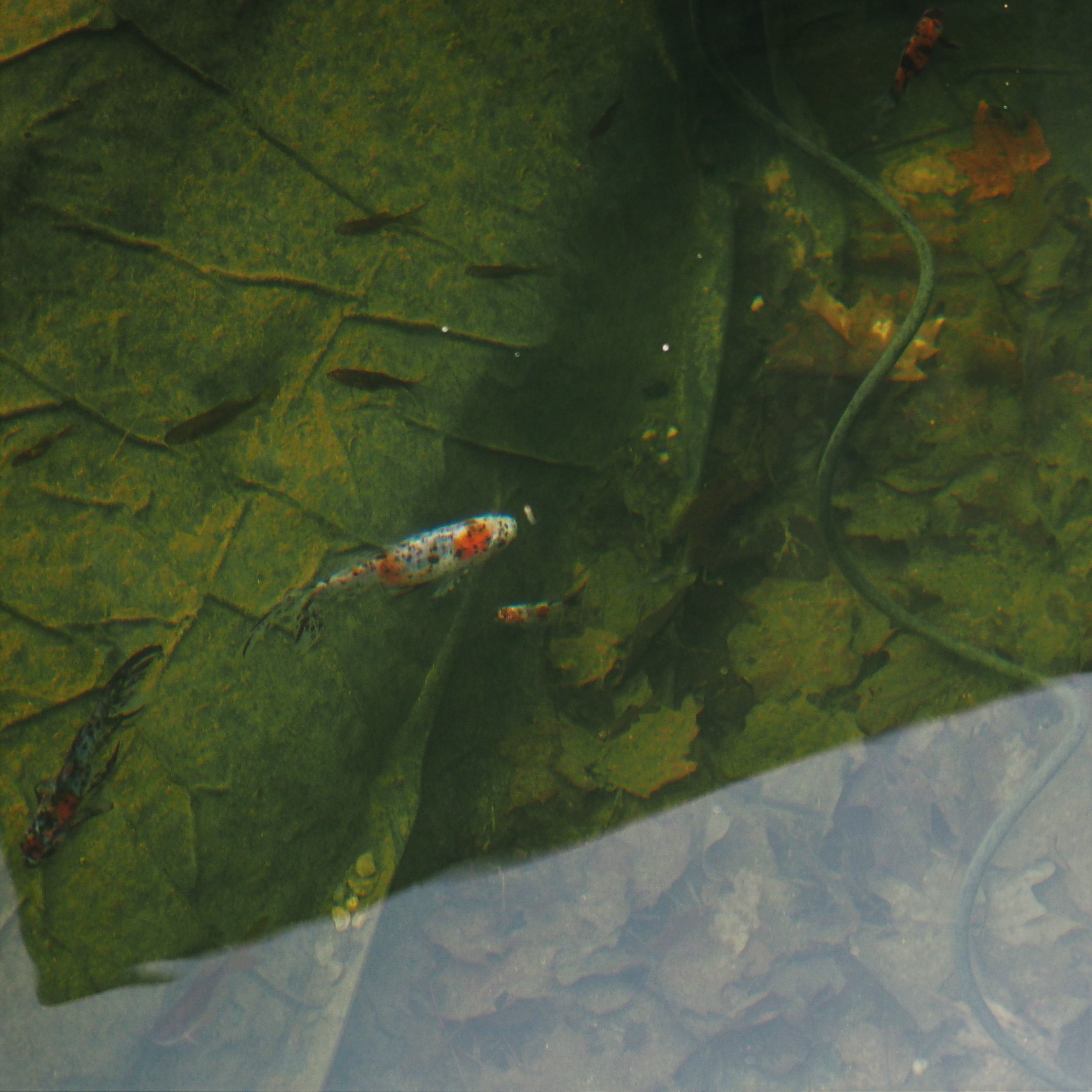
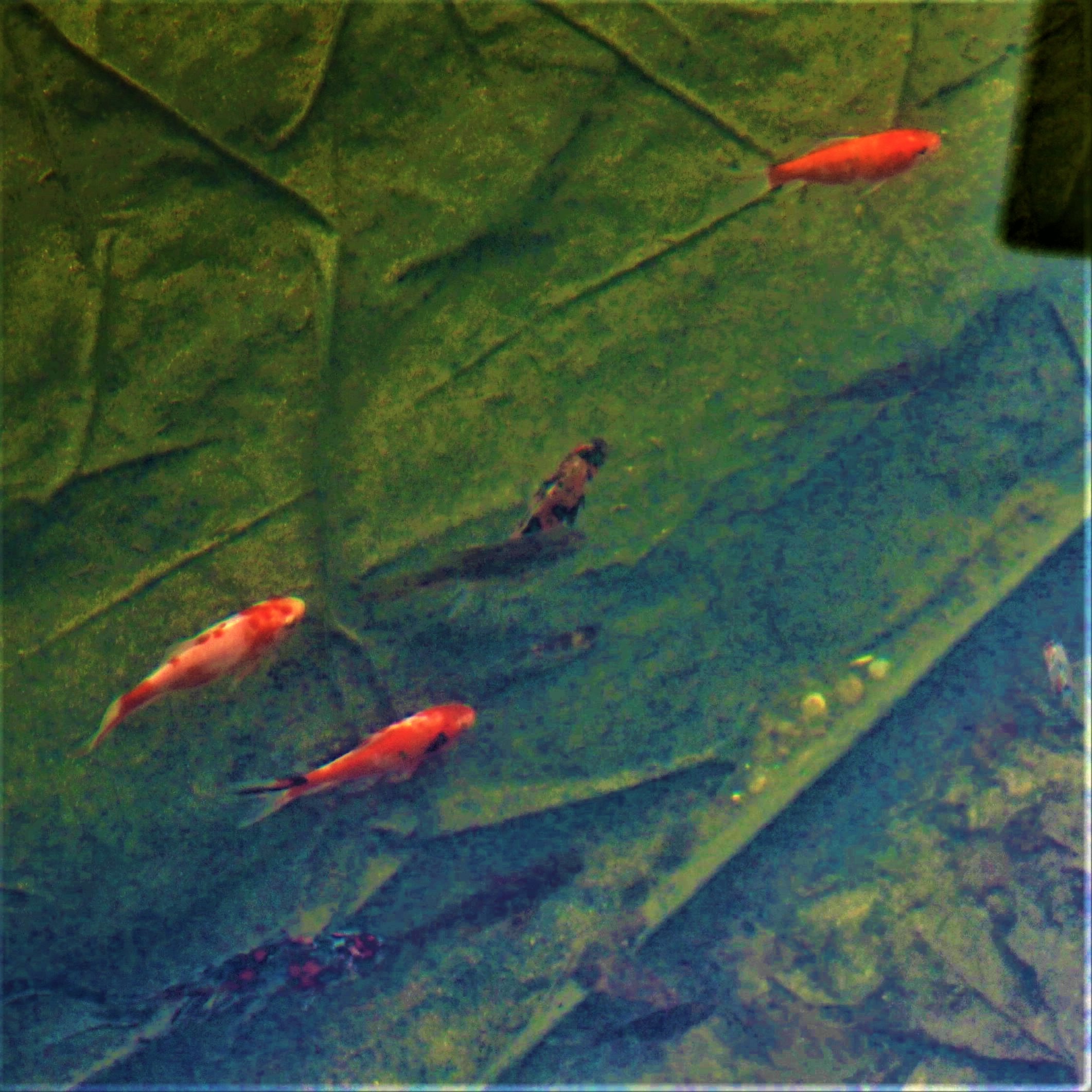
Here we are just a few days from the Winter Solstice. Tonight the Geminid meteor shower should be pretty good looking East in this country about 10 pm. And Saturn and Jupiter are pretending to try to bump into each other and become an even huger planet. Shhh. Don't worry about it. We could be in the midst of a blockbuster movie about the Vaccine slowly rushing to save the day. I don't know about the rest of you, but my arm is going to be ready for the "jab". I was about to say "It can't hoit", but let me change that to "It can't hoit so much that I'll change my mind".
Love, Martha
Back to December 6, 2020
Forward to December 27, 2020
Back to main menu
copyright Martha O'Kennon 2020













































